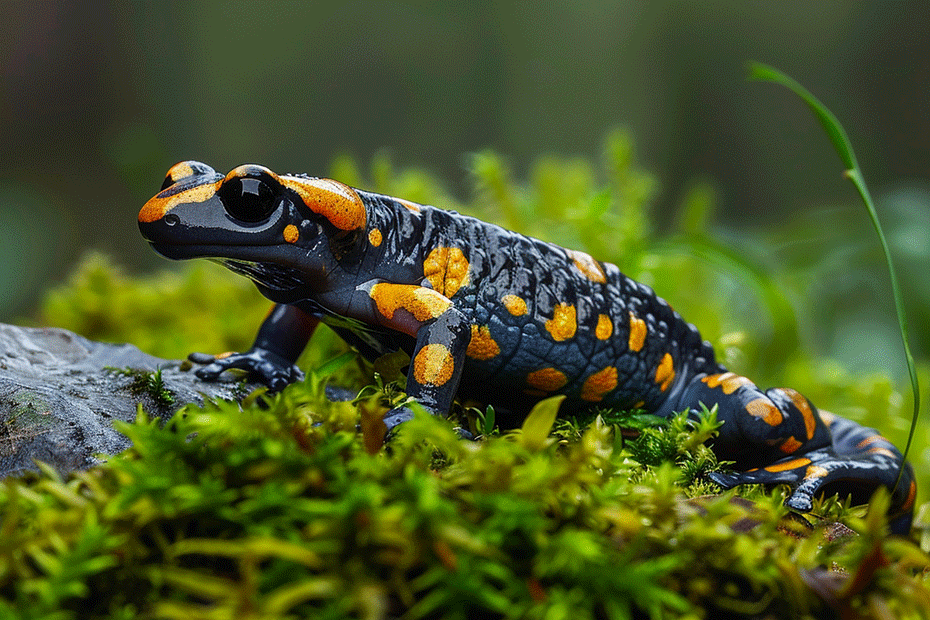Curious about the mysterious life cycle of a salamander? From tiny eggs to fully grown adults, the journey of a salamander is nothing short of fascinating. Jump into the world of these amphibians and uncover the secrets of their development.
Starting as fragile eggs laid in water, salamanders undergo a remarkable transformation as they hatch into larvae. These aquatic creatures with gills soon evolve into terrestrial beings, equipped with lungs for life on land. Witness the incredible metamorphosis that shapes their existence.
As salamanders reach maturity, they play a vital role in maintaining the balance of their ecosystems. Discover how these elusive creatures navigate through the different stages of their life cycle, adapting to various environments with remarkable resilience.
Key Takeaways
- Salamanders go through a fascinating life cycle from eggs to fully grown adults, showcasing remarkable adaptability and resilience.
- The stages of the salamander life cycle include the Egg Stage critical for population growth, the Larval Stage where they develop external gills, and the Juvenile Stage where they transition to a semi-terrestrial lifestyle.
- Environmental factors like temperature and moisture levels significantly impact salamanders’ development, metabolism, and survival.
- Salamanders have unique adaptations such as camouflage for protection, regeneration abilities to heal injuries, and hibernation as a survival strategy during harsh conditions.
- Conservation efforts are crucial to supporting salamander habitats and ensuring the survival of these intriguing amphibians in diverse environments.
Stages of Salamander Life Cycle
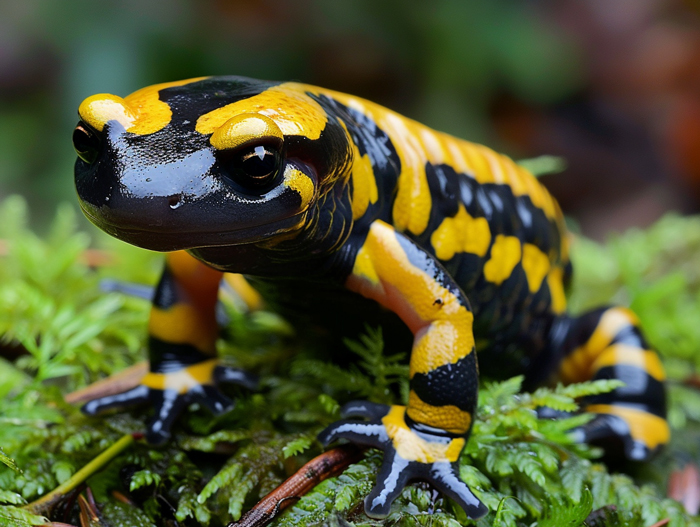
Egg Stage
- Description: Salamanders begin their life cycle as eggs laid in moist environments like ponds or streams.
- Development: Eggs hatch into larvae after a few weeks.
- Significance: This stage is critical for population growth and species survival.
Larval Stage
- Appearance: Larvae have external gills for breathing underwater.
- Diet: Feed on small invertebrates like insects and worms.
- Duration: Lasts for months before transitioning to the next stage.
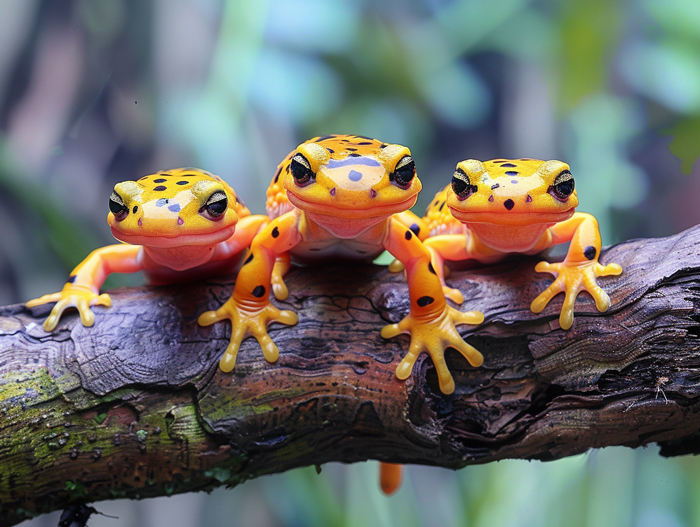
Juvenile Stage
- Characteristics: Develop lungs for breathing air.
- Habitat Shift: Move from water to land, adapting to a semi-terrestrial lifestyle.
- Predators: Face threats from various predators during this vulnerable stage.
- Maturity: Reach sexual maturity and capability to reproduce.
- Role: Contribute to ecosystem balance through feeding habits and predator-prey relationships.
- Longevity: Depending on species, salamanders can live for several years in the wild.
Remember, each stage plays a crucial role in the life cycle of salamanders, reflecting their incredible adaptability and resilience in diverse environments.
Environmental Factors Affecting Salamander Life Cycle
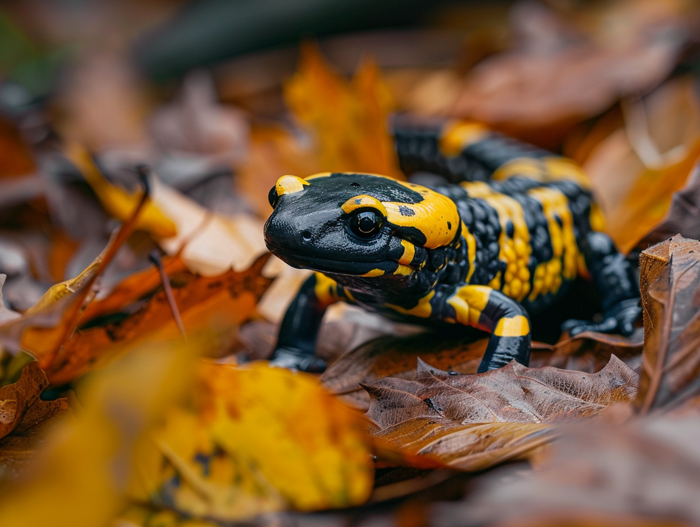
Temperature
- Salamanders are ectothermic, meaning their body temperature relies on external conditions.
- Optimal temperature ranges vary among species and can impact their metabolism, growth, and reproductive success.
- Extreme temperatures can hinder development or lead to physiological stress in salamanders.
Moisture
- Moisture levels are crucial for salamanders’ skin breathing and reproduction.
- Damp environments are essential for egg viability and larval survival.
- Desiccation due to low moisture levels can threaten salamander populations.
- Deforestation and urbanization can disrupt salamanders’ habitats.
- Loss of vegetation cover reduces hiding spots and prey availability.
- Fragmentation of habitats isolates populations, impacting genetic diversity and resilience.
Incorporate strategies to support salamander habitats and conservation efforts for these remarkable amphibians.
Adaptations for Survival
Adaptations play a crucial role in the survival of salamanders, enabling them to thrive in their habitats. Let’s explore some remarkable adaptations that contribute to their resilience.
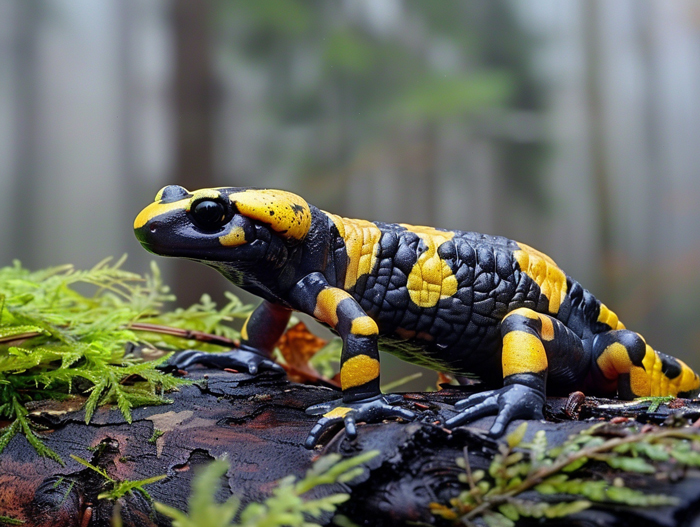
Camouflage
- Salamanders are masters of Camouflage, blending seamlessly with their surroundings to evade predators.
- Their skin pigments help them match the colors of their environment, such as rocks, leaves, or water.
- This protective camouflage allows them to remain hidden and safe from harm.
Regeneration Abilities
- One of the most astonishing features of salamanders is their Regeneration Abilities.
- They can regrow lost limbs or even parts of their brain with remarkable efficiency.
- This incredible healing power helps them recover from injuries and adapt to changing environments.
- Salamanders employ hibernation as a survival strategy during harsh conditions.
- In colder months, they enter a state of torpor, slowing down their metabolism to conserve energy.
- By hibernating through challenging periods, salamanders can endure unfavorable conditions and emerge stronger in more favorable environments.
Embrace the intriguing area of salamanders and marvel at the incredible adaptations that make these amphibians true survivors.
Conclusion
Salamanders are truly fascinating creatures with remarkable adaptations that ensure their survival in diverse environments. From their ability to blend seamlessly into their surroundings through camouflage to their impressive regenerative powers, salamanders have evolved unique strategies to thrive in the wild. By efficiently regenerating lost limbs and brain parts and employing hibernation during harsh conditions, these amphibians demonstrate resilience and adaptability in the face of environmental challenges. The life cycle of a salamander is a testament to the wonders of nature and the intricate mechanisms that allow these creatures to endure and flourish.

Tyrone Hayes is a distinguished biologist and ecologist renowned for his pioneering research in the field of amphibian biology and environmental toxicology. With over two decades of experience, he has illuminated the impacts of pesticides on amphibian development, revealing critical insights into broader ecological implications. Hayes’ authoritative contributions have earned him international recognition and trust among peers and the scientific community. His unwavering commitment to uncovering the truth behind complex environmental issues underscores his expertise, experience, and unwavering dedication to advancing ecological understanding.
